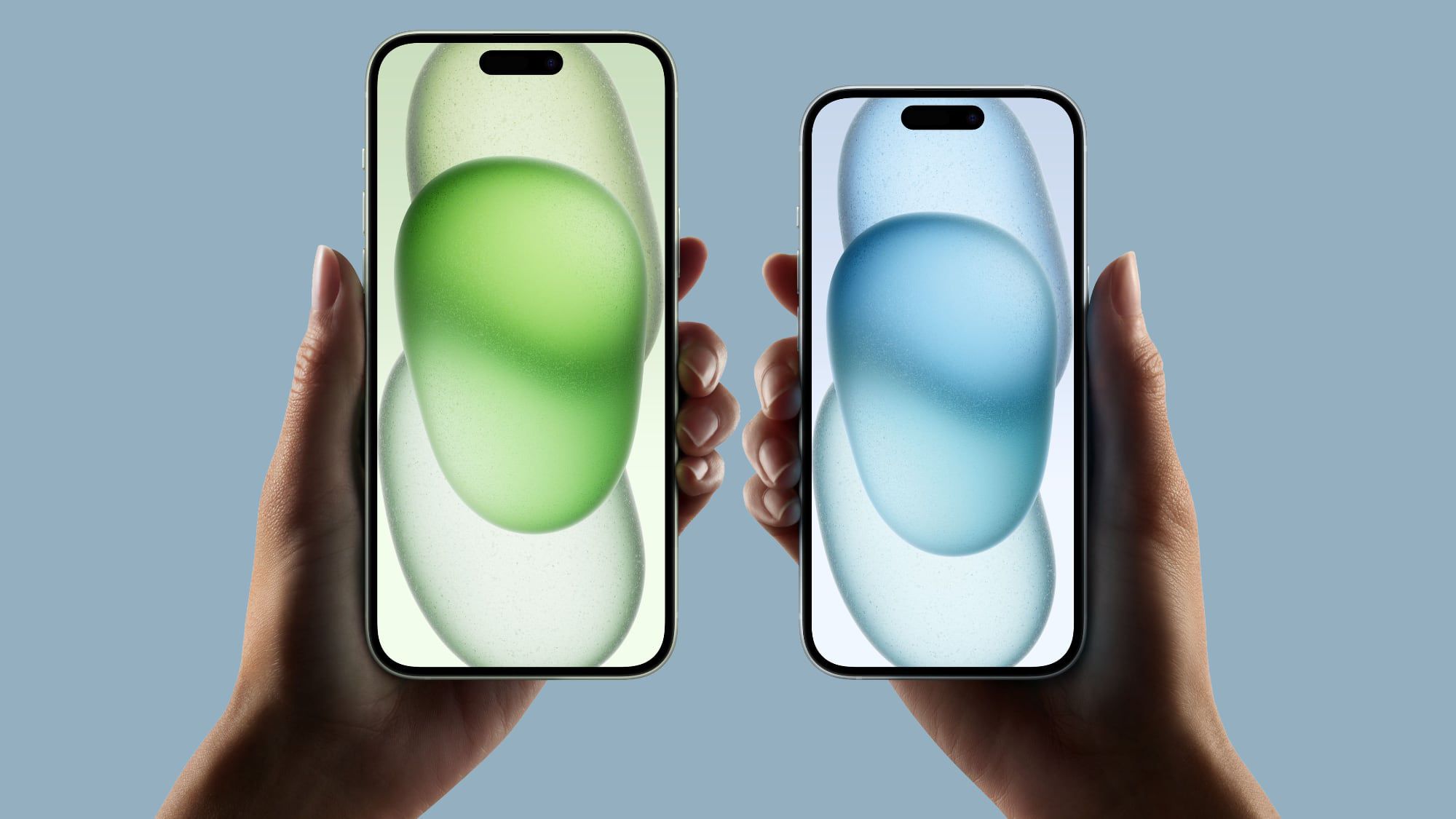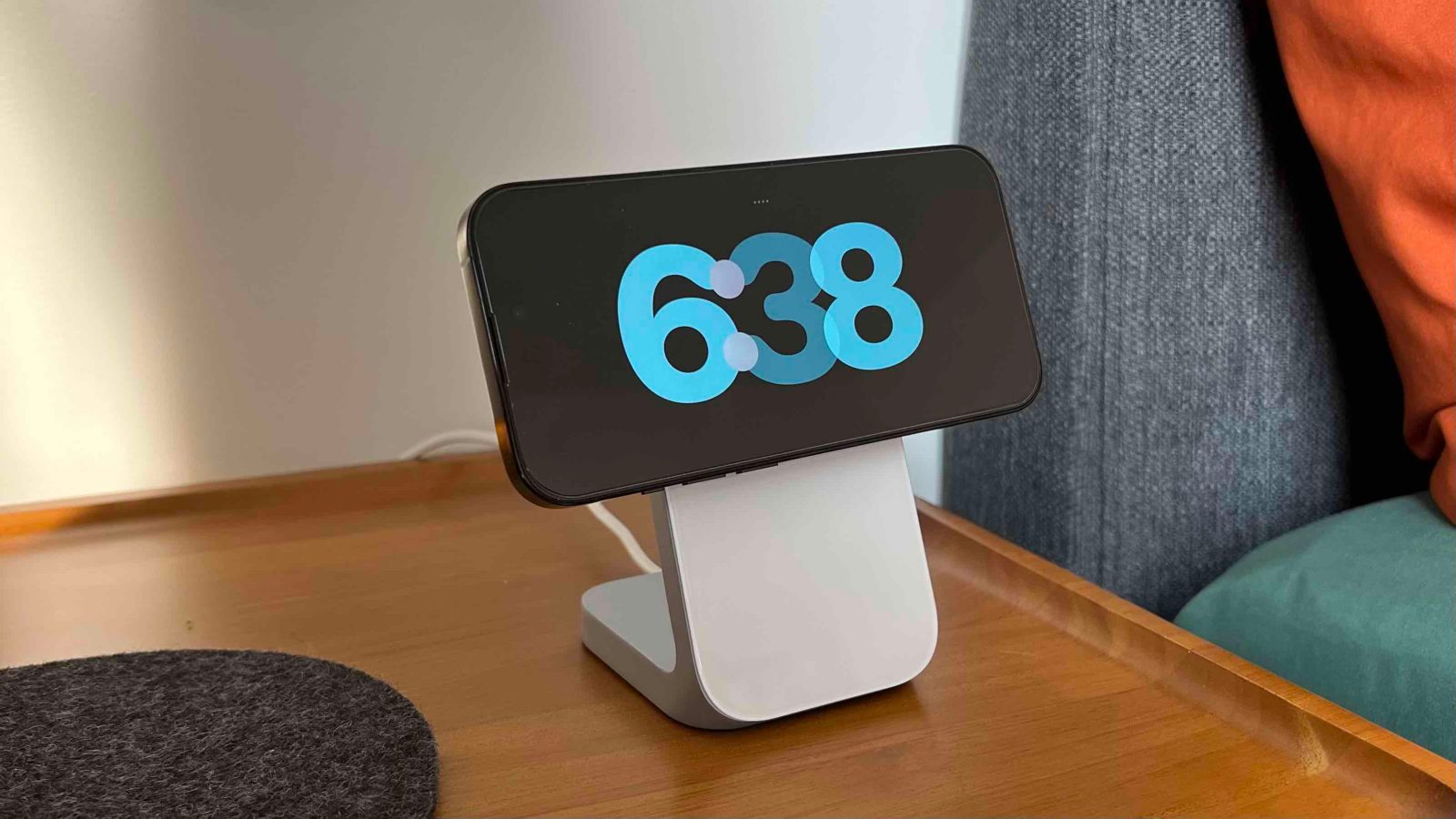
According to recent reports by Consumer Intelligence Research Partners (CIRP), iPhone activations in the US have reached a six-year low, with Apple's share of new iPhone activations decreasing from 40% to 33% over the past year. The decline in iPhone sales as a percentage of all new activations can be attributed to several factors, including an increase in iPhone quality and durability, a slowdown in the pace of revolutionary new features, and more transparent phone purchase plans that have encouraged buyers to hold onto their old phones for longer.
Historically, Apple's share of US smartphone activations has been much higher than 33%, with the company holding steady at around 40% market share for most of 2023. However, the trend towards more durable and expensive smartphones, combined with a decline in new features that justify upgrades, has led to a shift away from Apple's high market shares.
Apple tends to introduce new iPhones around September, leading to a concentration of new activations in the fourth and first quarters. This year's iPhone 16 is expected to be no exception, with rumors suggesting that it will come in multiple new colors and potentially ditch physical buttons altogether. However, conflicting reports on the features of the upcoming flagship lineup have left some analysts predicting a decline in Apple's iPhone shipments for the entire year.
Despite these challenges, Apple remains committed to delivering high-quality products that meet the needs and desires of its customers. The company continues to invest in research and development, with a focus on innovation and user experience. Only time will tell how these efforts will translate into sales figures and market share numbers in the coming quarters.
Sources: Consumer Intelligence Research Partners (CIRP), 9to5Mac, WCCFtech






